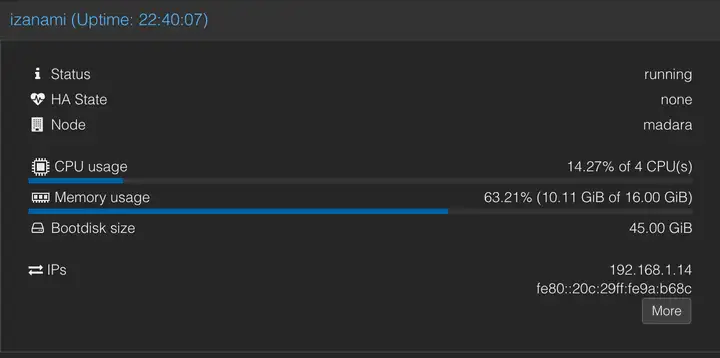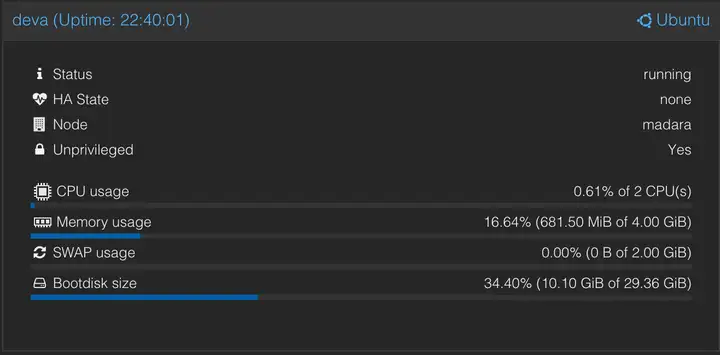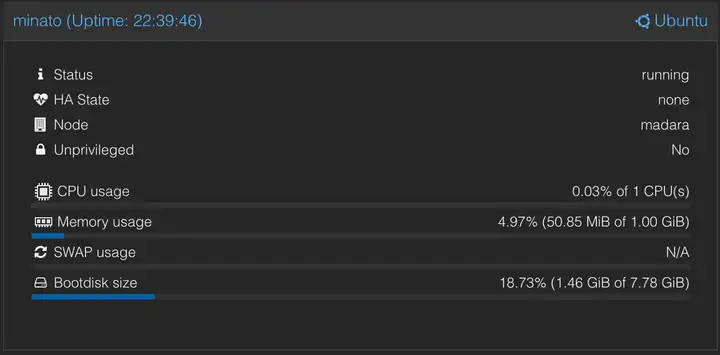Migrating Homelab from VMware ESXi to Proxmox: A New Era
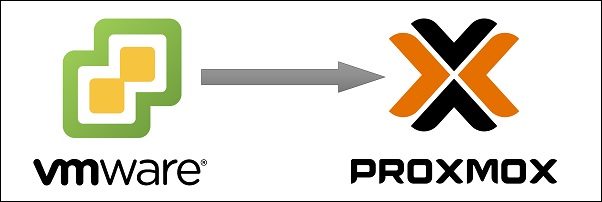
Table of Contents
Introduction
For years, VMware ESXi has been the backbone of my homelab. Solid, reliable, and well-documented, it was a natural choice.
But the landscape has changed. Since Broadcom's acquisition of VMware, the free ESXi license has been discontinued, and support for non-enterprise hardware — especially MiniPCs and NUCs — has become a challenge.
The writing was on the wall: it was time for something new.
Enter Proxmox — an open-source alternative that’s powerful, flexible, and completely free.
In this post, I’ll walk you through why I migrated, how I did it, and how life with Proxmox compares to my old ESXi setup.
Why I Moved from ESXi to Proxmox
1. Cost and Licensing Changes
ESXi Free License Gone: Post-Broadcom, ESXi free license is no longer offered.
Proxmox: 100% open-source. Optional support subscriptions are available but not required.
2. Hardware Compatibility
ESXi: Compatibility issues with newer or non-server-grade hardware (MiniPCs, NUCs, etc.).
Proxmox: Based on Debian Linux, excellent support for a wide range of consumer and prosumer hardware.
3. Customization and Flexibility
ESXi once relied on tools like
ESXi-Customizerto inject missing drivers — which are now broken or unsupported.Proxmox, thanks to Linux's modular driver support, works out of the box or is easily tunable.
4. Open Ecosystem
Proxmox integrates smoothly with ZFS, LXC containers, KVM/QEMU virtual machines, native clustering, and high availability — without costly add-ons.
The Migration Approach: How I Did It
Migrating from ESXi to Proxmox was surprisingly smooth — but it needs careful planning.
Step 0: Hardware comparison
My solution was based on a intel nuc intel j5005 bought in 2019
the same configuration you can see in this post
https://www.k8s.it/homelab-when-small-is-big.html
With the opportunity to refresh my hardware i started a check with the goal to have more power , more ram with almost the same power consumption
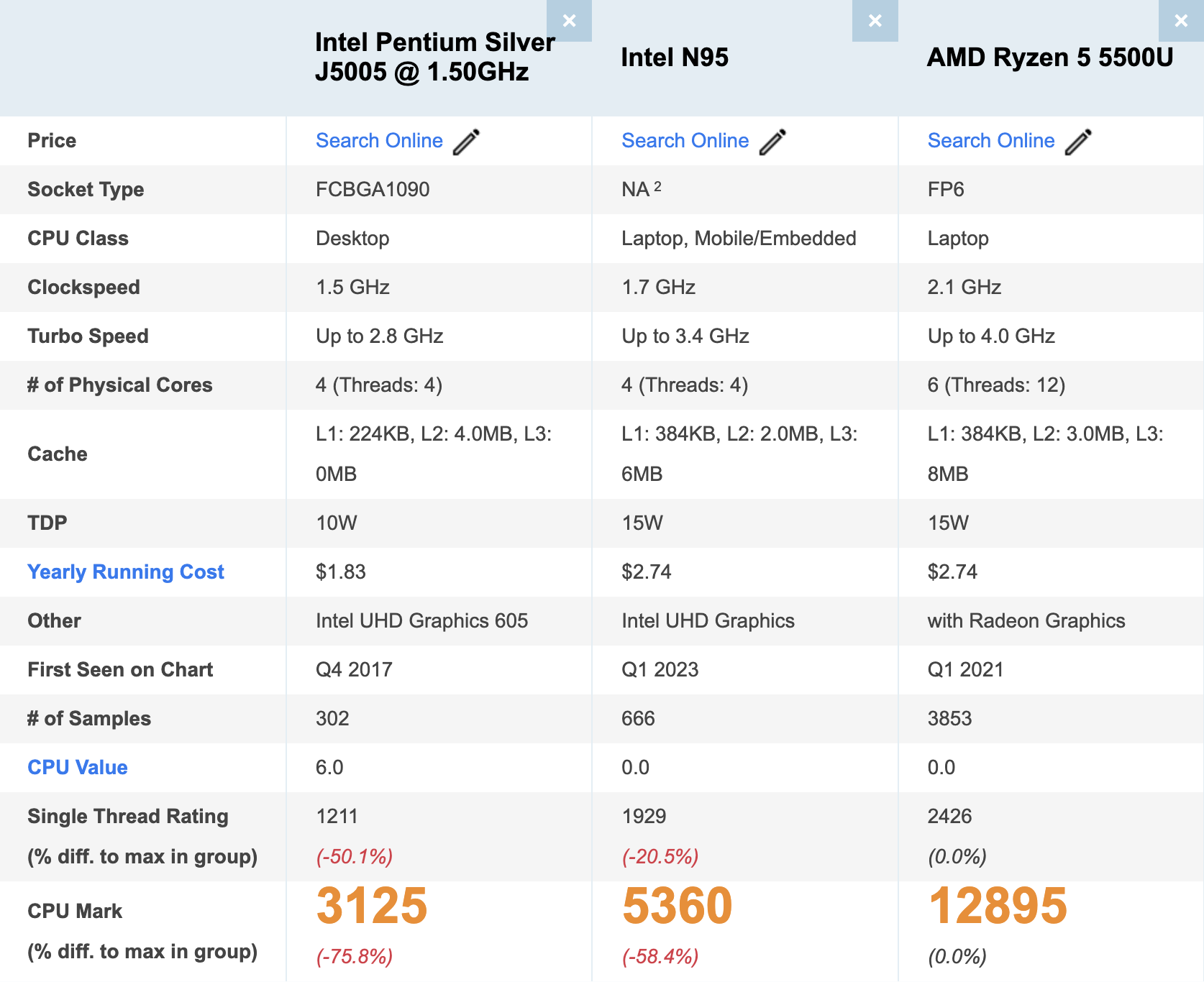
so i bought a couple of new mini pc with intel n95 and ryzen 5500u based on availability on used market to stay under the 150$ each (intel was bought for 100)
both are supporting 32gb ram , ryzen can reach up to 64
Step 1: Backup Everything
Backup VMs in ESXi first (i used ghettovcb)
Step 2: Prepare the New Environment
Install Proxmox on new hardware
Configure Proxmox basics: network, storage, users , monitoring
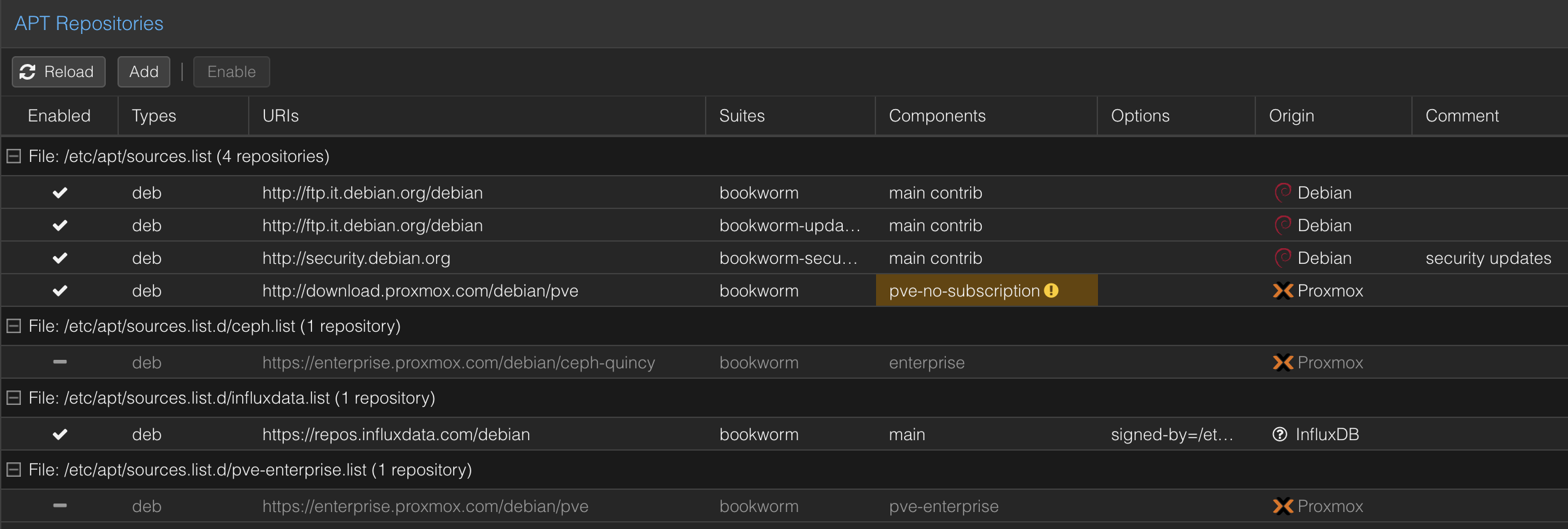
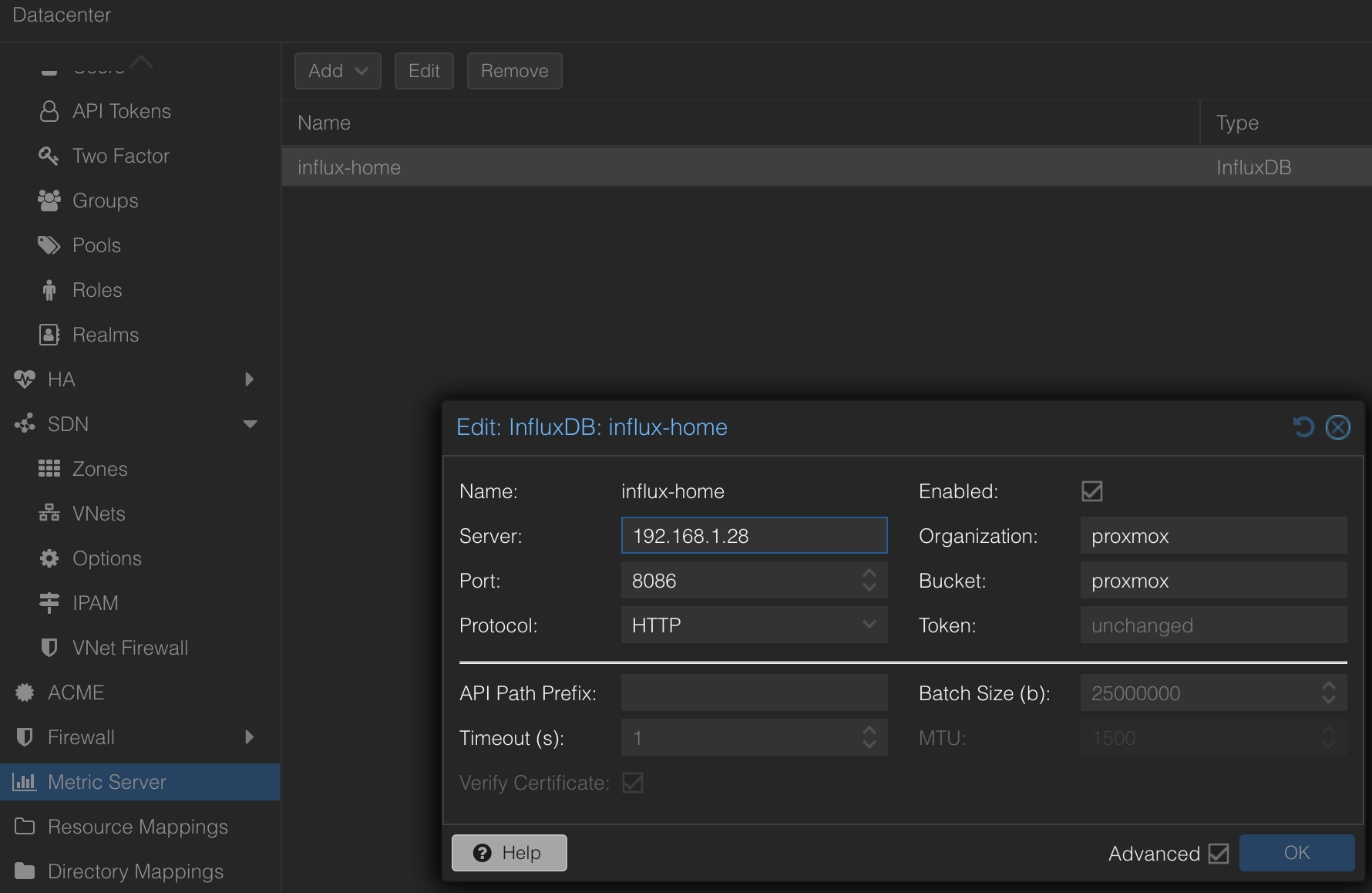

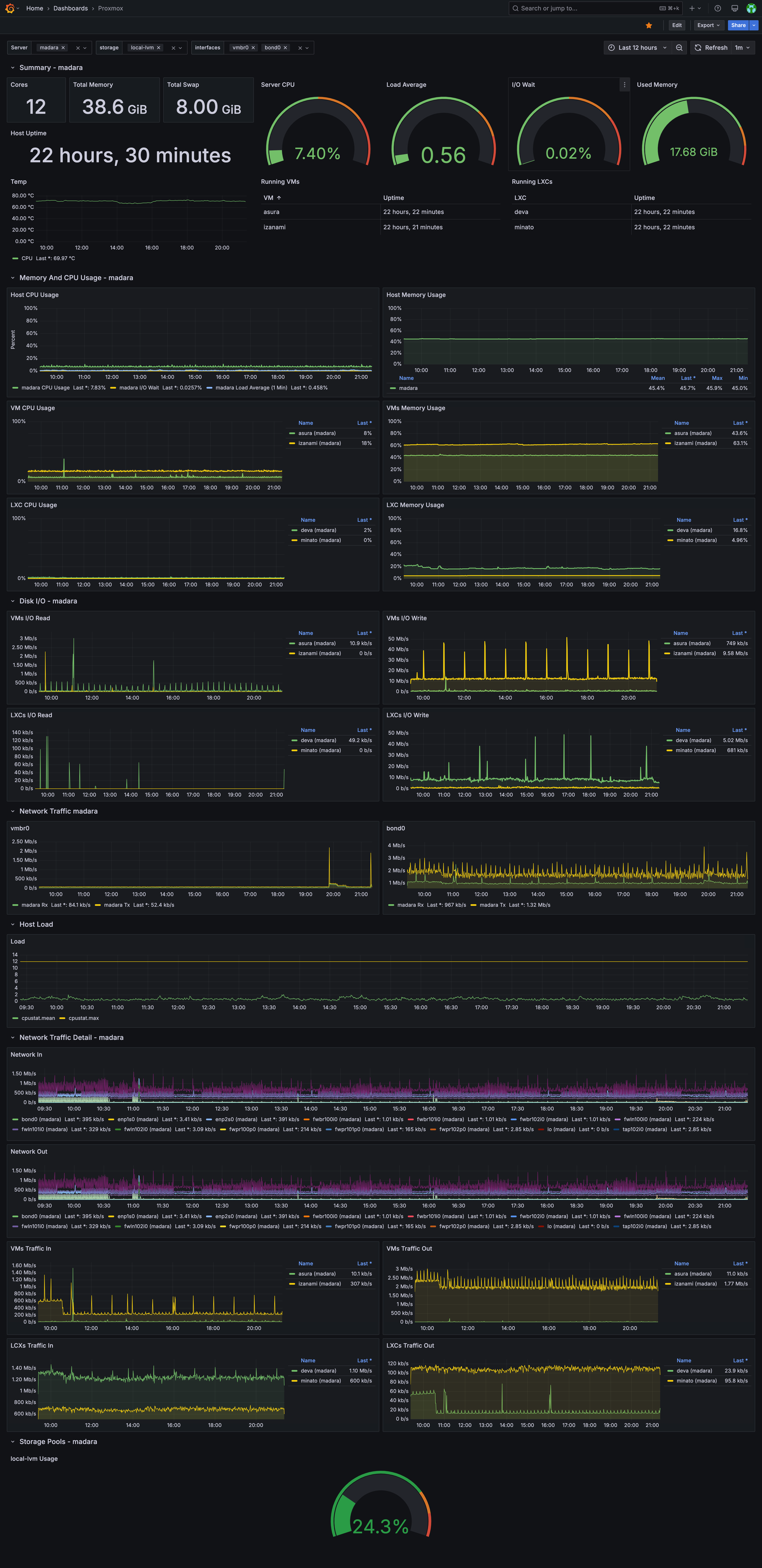
Step 3: Convert and Import VMs
You can’t just "drop" an ESXi VM onto Proxmox. You have a few options:
Export your VMs as OVF/OVA and then import them (long long long process)
Or use automatic or manual tools provided by proxmox (suggested) https://pve.proxmox.com/wiki/Migrate_to_Proxmox_VE#Migration
Recreate the VM configuration manually (CPU, memory, NICs) in Proxmox and attach the converted disk.
Step 4: Testing
Most of the probles i had , were related to centos vms with vmware tools that "breaks" the kernel in proxmox (just regenerated initramfs or install the latest kernel withous vmware tools)
Day-to-Day Differences: ESXi vs Proxmox
| Feature | VMware ESXi | Proxmox VE |
|---|---|---|
| UI | Polished but proprietary | Functional, open, web-based |
| Storage | Datastores (VMFS) | ZFS, Ceph, LVM, Directory-based |
| Backup | Add-on required (e.g., Veeam) | Built-in Backup/Restore system |
| Snapshots | Basic, no schedules (free version) | Scheduled, ZFS-native snapshots |
| Cluster Setup | Requires vCenter (paid) | Built-in, easy 1-liner commands |
| Container Support | No native container support | Native LXC container management |
| Networking | Standard virtual switches | Linux bridges, OVS if needed |
| Monitoring | Basic | Built-in metrics + optional Grafana integration |
| Community | Strong but moving corporate-focused | Growing and very active |
Things You Might Miss from VMware (At First)
vSphere Web UI polish: Proxmox UI is solid but a bit utilitarian compared to VMware’s.
Driver/Hardware Stability for Enterprise Gear: VMware still wins if you're running enterprise-grade servers.
Super easy live migrations (though Proxmox clustering is powerful once set up).
Bonus: Things I Gained with Proxmox
Move some workload from virtual machine to lxc to reduce resources and increase performances
Native backup and replication at no additional cost.
Access to underlying Linux: Install packages, scripts, fine-tune, or debug without limitations.
More frequent updates without heavy licensing discussions.
Current installation
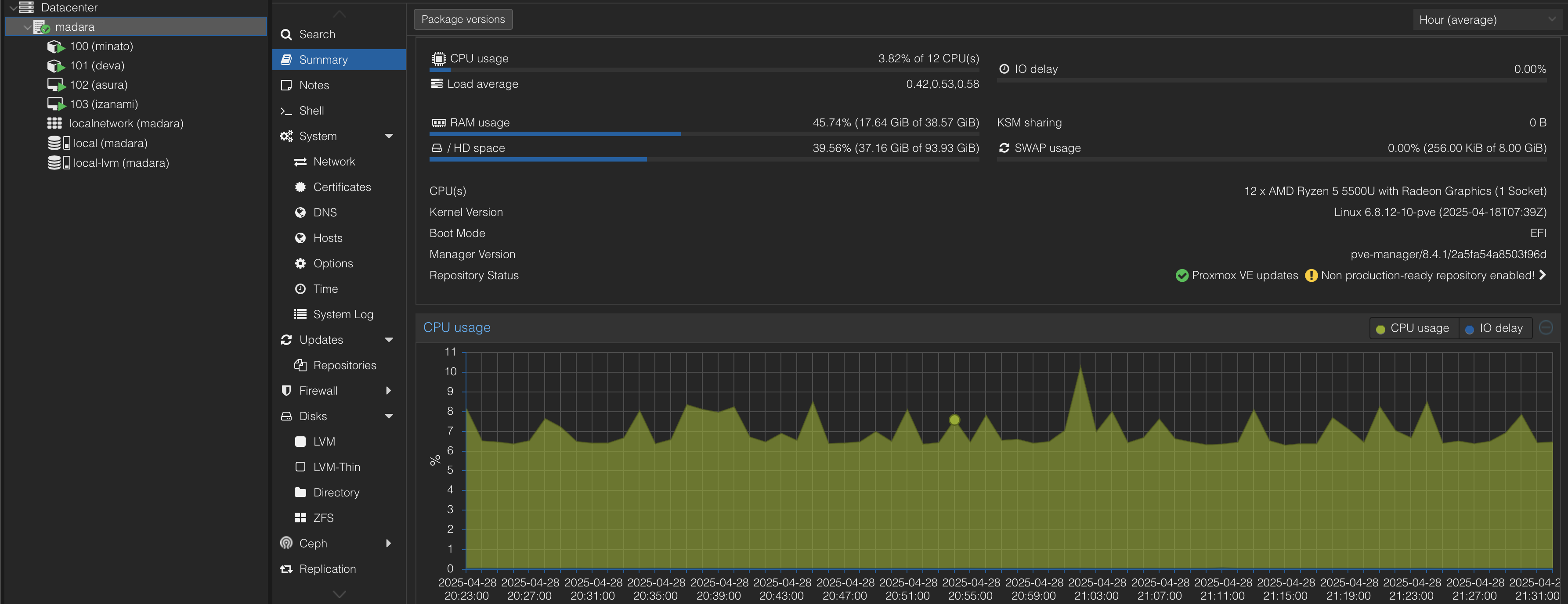
The decision to move from VMware ESXi to Proxmox wasn't easy — but it was the right one for me and my homelab.
Not only have I regained flexibility and future-proofed my setup, but I’ve also opened the door to new technologies like ZFS, LXC, and native clustering — all for free and without vendor lock-in.
If you’re on the fence, test it yourself: spin up a Proxmox node, migrate a test VM, and feel the difference.
The open-source homelab future is here — and it’s called Proxmox.
